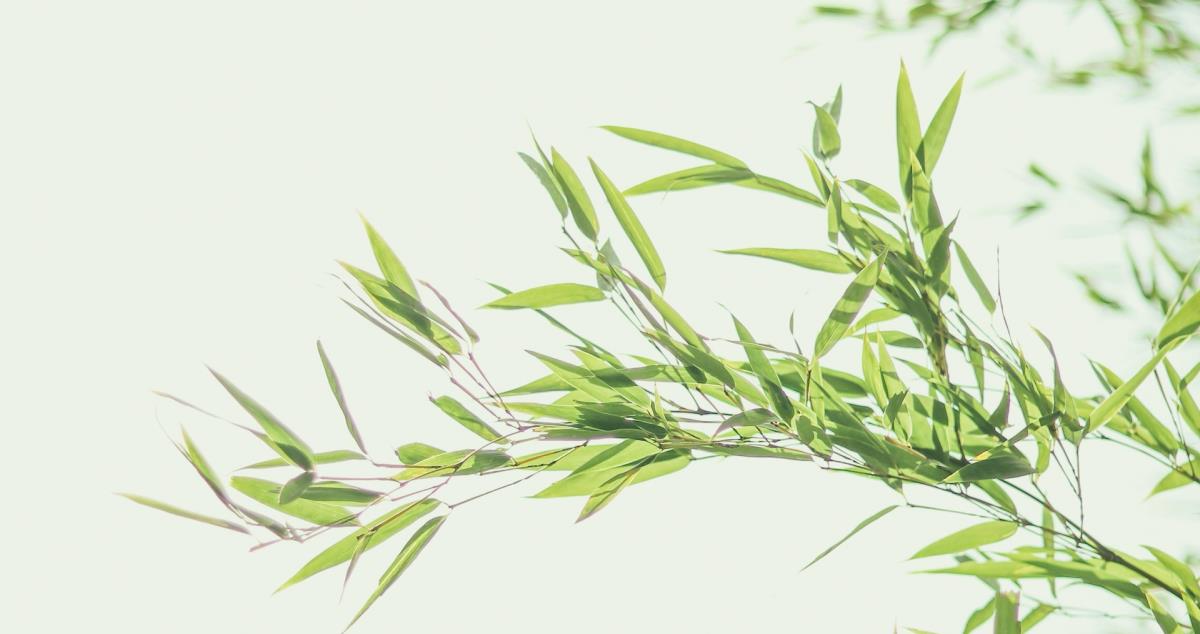The Difference Between Bamboo Rayon vs Bamboo Viscose vs 100% Bamboo vs Lyocell

Bamboo is quickly becoming one of the most popular fabrics and with good reason! It’s super soft, breathable, hypoallergenic and durable, not to mention highly sustainable. It keeps you cool in summer and warm in winter better than most natural fabrics including wool, cotton, and hemp.
But not all bamboo is created equal. Bamboo fabrics are sold under different names which can be confusing. The most common ones you’ll see are labeled rayon, viscose or 100% bamboo.
So, what do all these labels mean? How are they different from each other and which one is the best for you?
It all comes down to how they are made!
Here’s a handy guide to help you choose the best bamboo the next time you shop online.
Bamboo Rayon
Bamboo cellulose is broken down by a solvent to produce a pulpy viscous substance which is then spun into fibers to create bamboo rayon.
The fabric resembles cotton and linen but has the texture and feel of silk. It has all the wonderful properties we associate with bamboo including thermal regulation, high absorbency, hypoallergenic, and antimicrobial.

Bamboo Viscose
Bamboo rayon and viscose are often used interchangeably but they are not identical. While bamboo rayon is made from cellulose, bamboo viscose is made from pulp. They’re both manufactured in a similar process but involve different solvents.
Bamboo viscose feels a lot like cotton, but it looks a lot like silk and drapes beautifully. It’s also breathable, anti-static, hypoallergenic and bacteria resisting.
100% Bamboo Clothing
If the labels reads 100% bamboo, that means the product is made from 100% bamboo rayon or viscose and is not blended with other materials such as cotton or microfiber.
Bamboo Lyocell
Lyocell is also the plant-based fiber, the same as rayon or viscose. Yet, the process of manufacturing is slightly different. The modern methods of Lyocell making requires less energy and the chemicals for its production have lower toxicity and are recycled in a closed-loop process. which breaks down the bamboo pulp. Using this technique, almost 99% of the solvent and water consumed are recovered and reused during the next stock of the manufacturing process thus reducing water consumption drastically. Leftover waste is minimal and harmless to the environment.
Lyocell is also sometimes called as ‘the third generation cellulose fabric’
Bamboo Lyocell is made with pure organic bamboo pulp; it is crushed, washed, and spun into yarns. Lyocell from bamboo is silky, smooth, and very soft, yet it isn’t silk.
Bamboo Lyocell has the same natural feel and required properties, as bamboo rayon and bamboo viscose. However, it is more uniform, thus improving its absorbing properties.
Which is Better? Bamboo Rayon or Bamboo Viscose?
Bamboo rayon and viscose fabrics are so similar in terms of how they wear, feel and perform that their differences are almost negligible.
Make sure to check your labels to ensure that you’re purchasing high quality bamboo in order to enjoy all the great benefits.
BambooYou products are made from 95% organically grown bamboo fiber and 5% spandex. They feel buttery smooth and are gentle to the most sensitive skin.
They’ve been certified under the Oeko-tex standard 100 certification which guarantees that they’re free from more than 100 substances known to be harmful to human health.
Feel free to browse our amazing catalogue to get high quality ethically-produced bamboo apparel for women, men and babies as well as home textiles!
| Fabric | Production | Properties and features |
|---|---|---|
| Bamboo Rayon | ● Made of bamboo cellulose ● Chemical processes involved ● Not so eco-friendly |
● Silky to the touch ● Resembles cotton and linen ● Thermal regulating ● Hypoallergenic ● Highly absorbent ● Antimicrobial |
| Bamboo Viscose | ● Made of bamboo viscose ● Chemical processes involved ● Not so eco-friendly |
● Silky to the touch ● Looks like cotton ● Drapes well ● Cheap ● Hypoallergenic ● Highly absorbent ● Antimicrobial |
| Bamboo Lyocell | ● Made of bamboo pulp ● Less chemicals and water are used ● Eco-friendly |
● Silky to the touch ● Lightweight ● Non-creasing ● Hypoallergenic ● Highly absorbent ● Cooling ● Antimicrobial |
